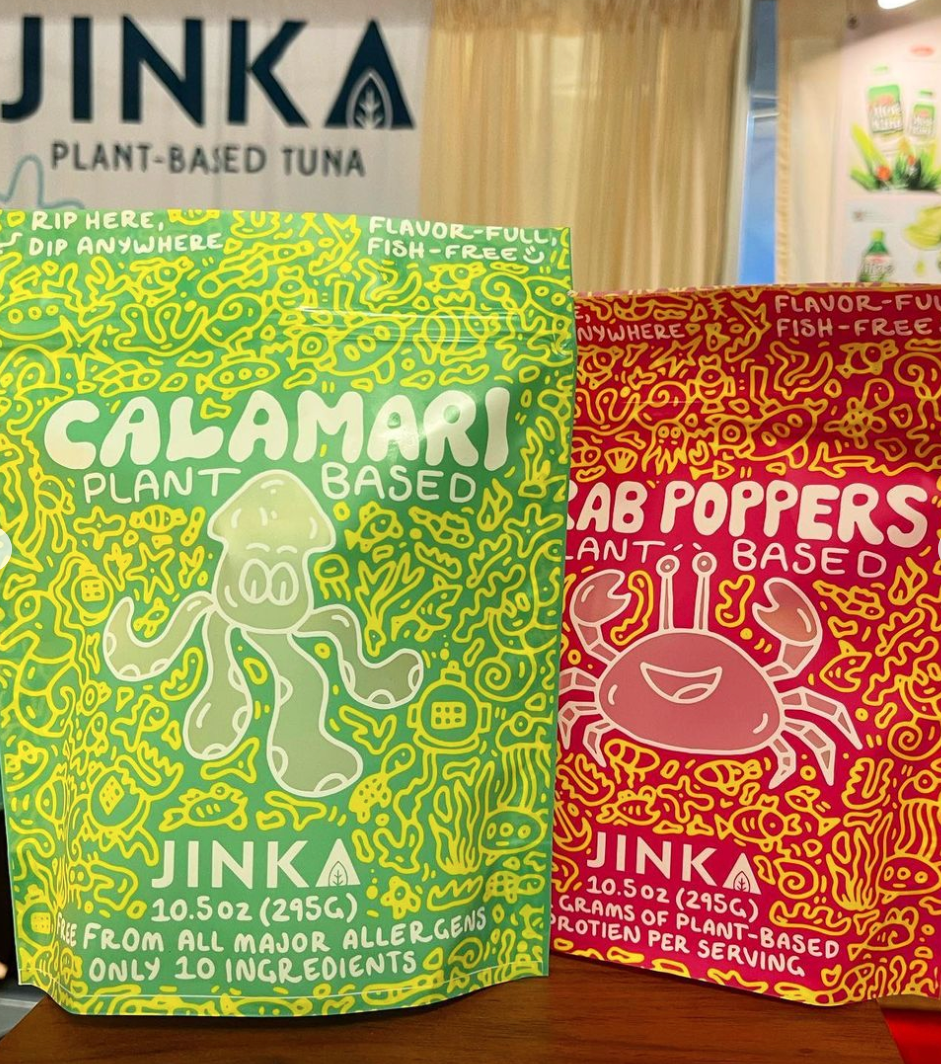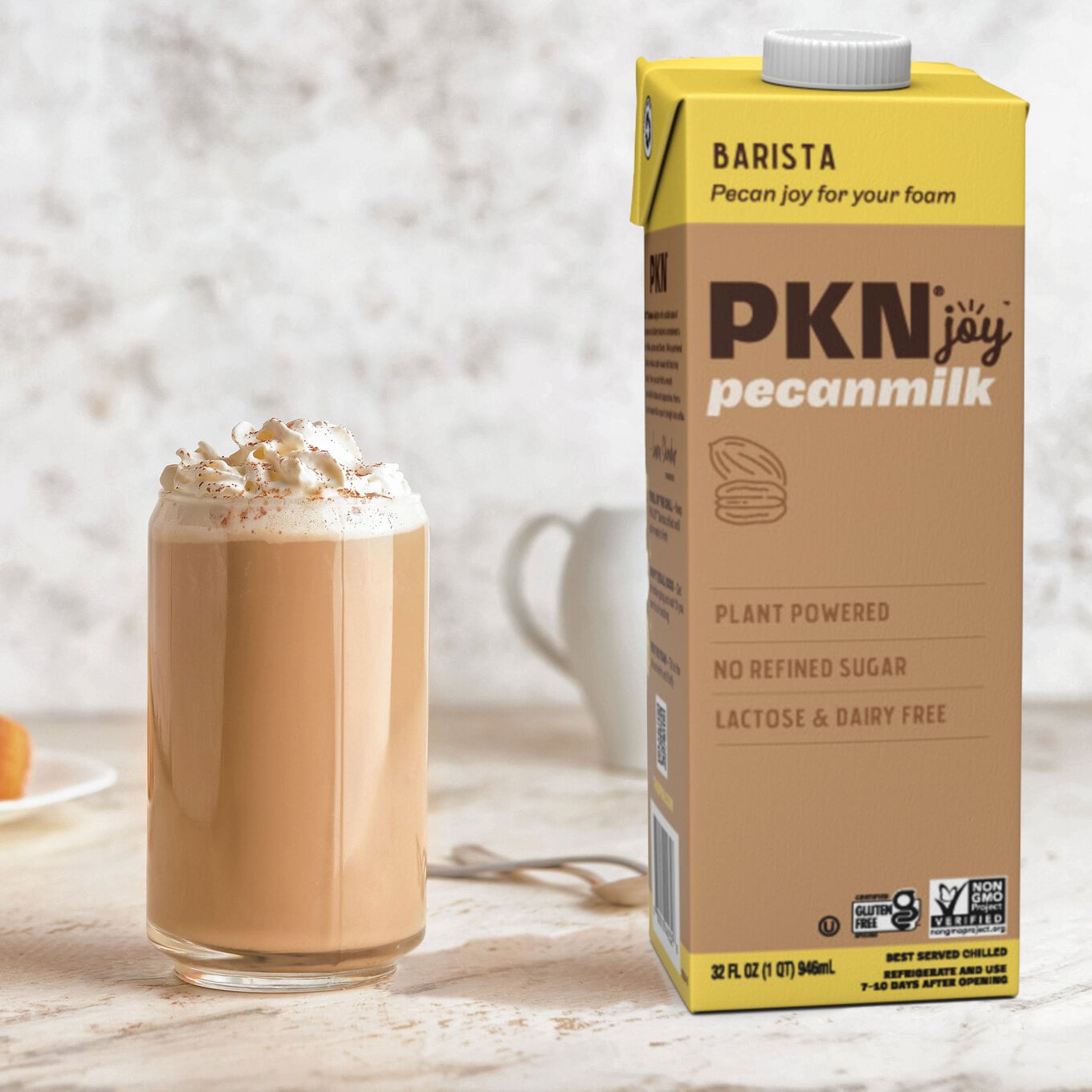The produce section of your local grocery store is likely more adventurous than you think. Beyond the rows of shiny apples and ripe bananas, there’s a world of vegetables that range from superfood celebrities to obscure novelties.
Getty
Science says that eating the rainbow is the best way to get all of your nutrients but what is the most nutritious vegetable out there?
We’ve got the answer for that, plus one weird vegetable you have likely never heard of (but should try anyway).
Table of Contents
The healthiest vegetable in the world
For years, kale has been the poster child for healthy eating, but it might be time to share the spotlight. According to recent evaluations by the Center for Disease Control (CDC), which assigns nutrition density scores to produce based on their concentration of essential vitamins and minerals, a new vegetable has claimed the top spot as the healthiest one on Earth.
With a perfect score of 100, watercress surpasses other leafy greens like spinach, chard, and beet greens, which all score in the 80s.
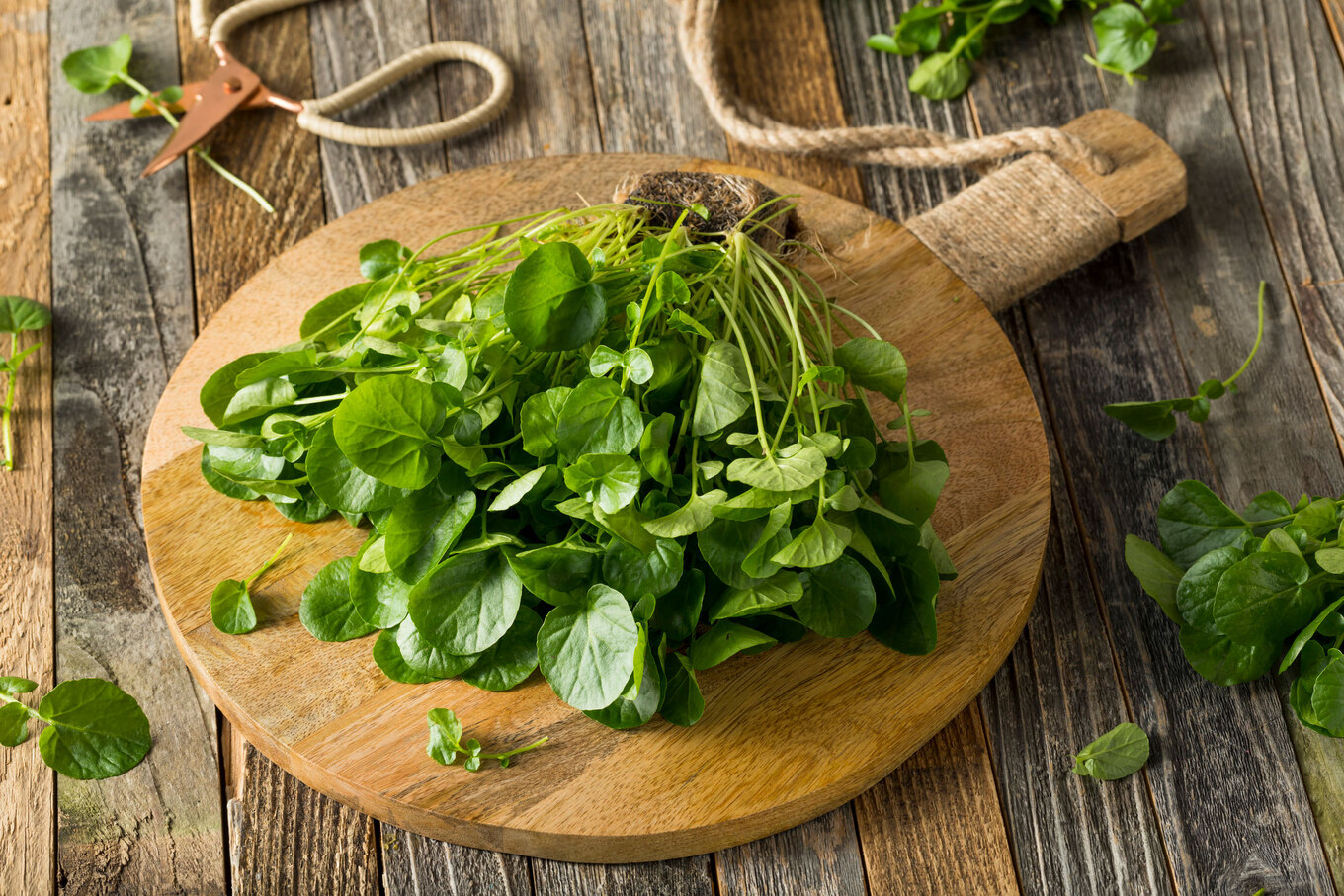 Getty
Getty
Watercress is not a modern superfood but a historical staple. Part of the Brassicaceae family, it grows in freshwater sources and is closely related to cabbage, kale, radishes, and mustard.
Its scientific name, Nasturtium officinale, aptly translates from Latin as “nose twister,” a nod to its pungent, peppery flavor. This intense taste profile is similar to arugula crossed with horseradish, making it a bold addition to any dish.
Historically, watercress has been more than just food. It was consumed for medicinal purposes across Europe and Asia, and celebrated for its high vitamin C content, which sailors like Captain James Cook used to prevent scurvy.
Despite its health benefits, watercress remains underutilized, often due to its limited availability. It thrives in moist, temperate climates and is sometimes considered a weed. However, those who discover its benefits find it versatile enough to be steamed, sautéed, or used raw in salads. It can even be added to a smoothie, pasta, or sandwich for a peppery hit of nutrition.
Meet broccolini’s cousin, caulilini
On the other end of the spectrum is caulilini, an entirely new vegetable developed a few years ago by Mann’s Fresh Vegetables. If you’re familiar with broccolini, think of caulilini as its cauliflower counterpart.
The product of breeding broccolini with Chinese kale and broccoli, caulilini boasts tender florets that resemble white flowers on long, elegant, and pale green stems.
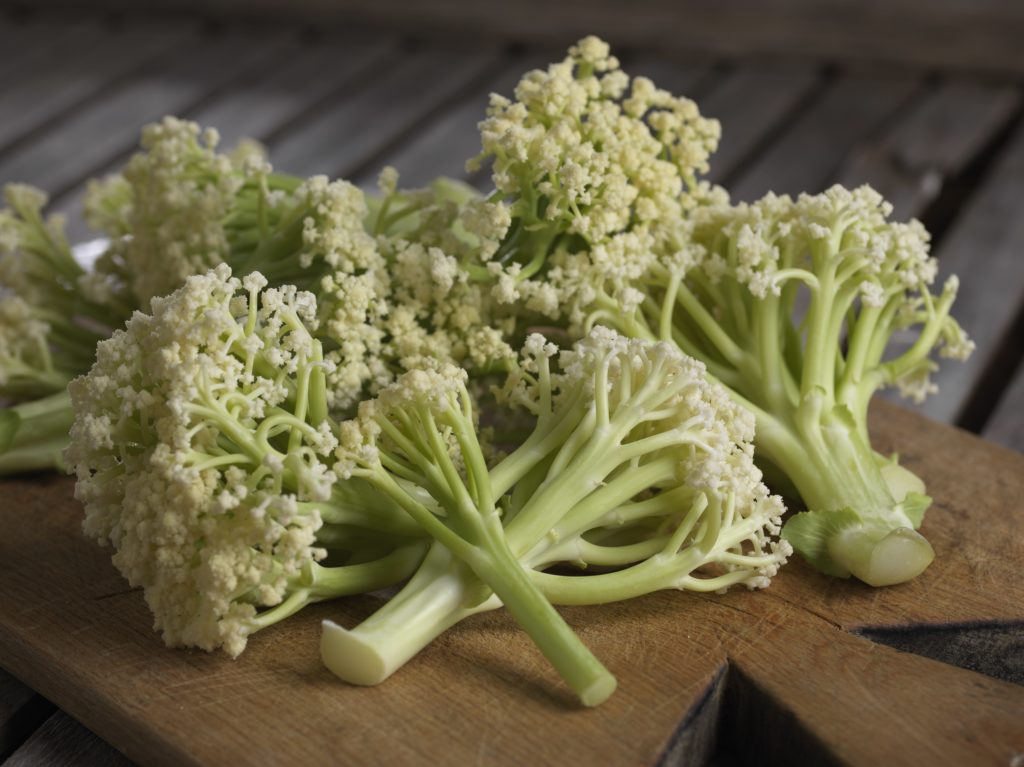 Mann’s
Mann’s
The introduction of vegetables like caulilini also reflects a broader trend toward sustainability in food production. By breeding vegetables that can be consumed whole, producers reduce food waste and offer consumers more value for their purchase.
What sets caulilini apart is its flavor and ease of preparation. It tastes similar to traditional cauliflower but is sweeter and more tender, making the entire plant edible with little to no waste.
This vegetable can be cooked similarly to broccolini—whether steamed, roasted, sautéed, or even fried—or served raw on a crudité platter.
“With its long edible stems and blonde, open florets it could be one of the most striking members of the brassica family,” Mann’s describes caulilini on its website.
In recent years, cauliflower has become coveted for its multi-tasking abilities, transforming into rice, wings, and even dairy-free desserts. Last year, Chick-fil-A tested its first meatless sandwich in select markets. Instead of opting for a prepared meatless patty, Chick-fil-A decided to try marinated and breaded cauliflower, which a majority of tasters said was beyond their expectations.
Dave’s Hot Chicken took the hint and launched its own “Dave’s Not Chicken” using, you guessed it, a hand-sliced cauliflower filet.
With all this buzz around cauliflower’s meaty properties, could caulilini sandwiches hit menus, next? Only time will tell.
Vegetables for optimal health
Research continues to link whole food plant-based diets with improved overall health. For instance, one review of nearly 50 studies found that consuming a plant-based diet is associated with a decreased risk of certain cancers, heart disease, and death.
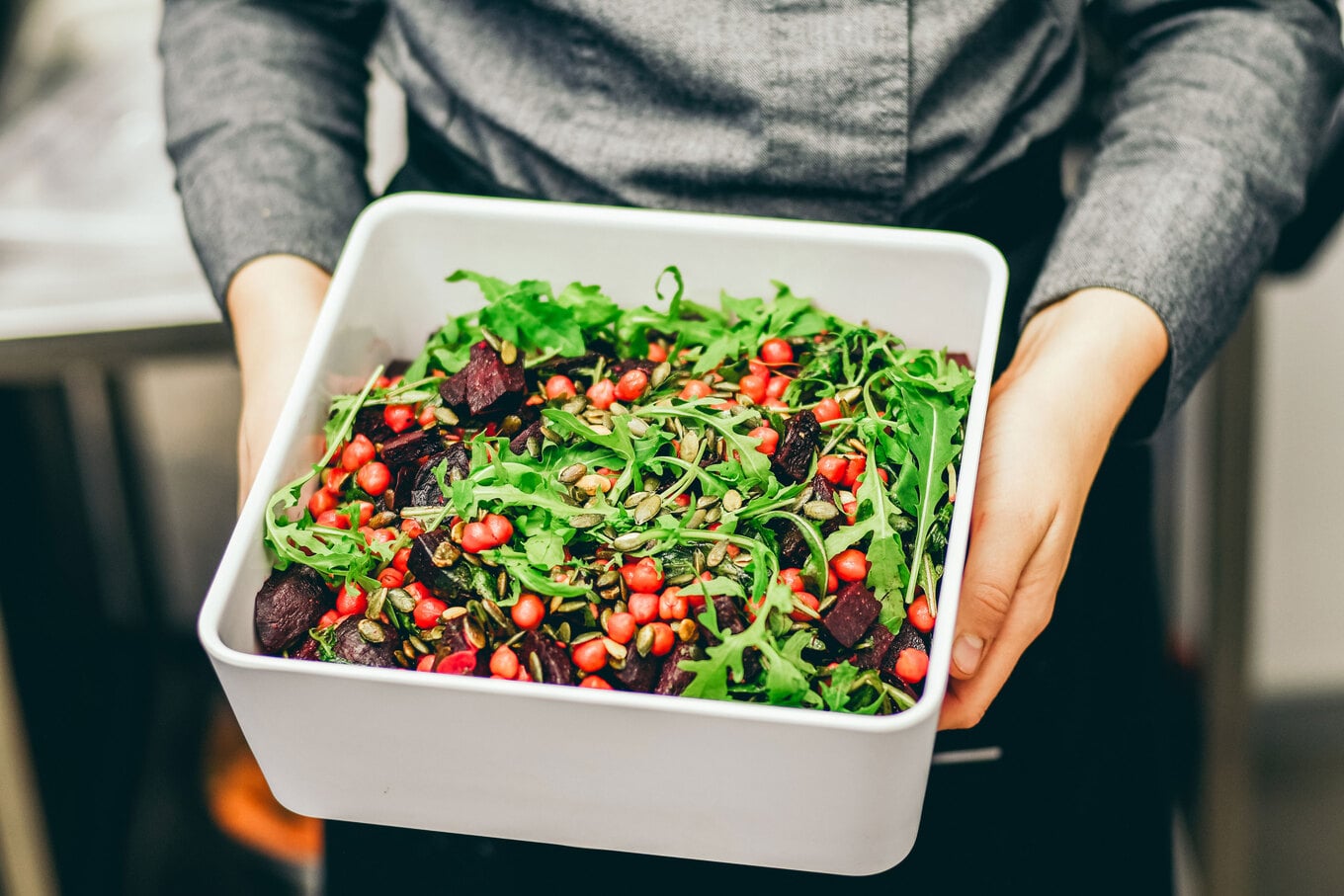 Pille R. Priske/Unsplash
Pille R. Priske/Unsplash
Finding new (and rediscovering old) vegetables might be the key to keeping plant-based diets varied and exciting. The challenge for producers and retailers is educating consumers about these vegetables’ benefits and potential uses.
Watercress suffers from a lack of visibility compared to mainstream vegetables, while caulilini must overcome the hurdle of introducing a completely new product to the market.
But as the produce market continues to evolve, it’s clear that the future of food will not only rely on rediscovering ancient crops but also on innovating new ones. Whether it’s the peppery bite of watercress or the novel allure of caulilini, the produce section is ripe with opportunities for discovery.


